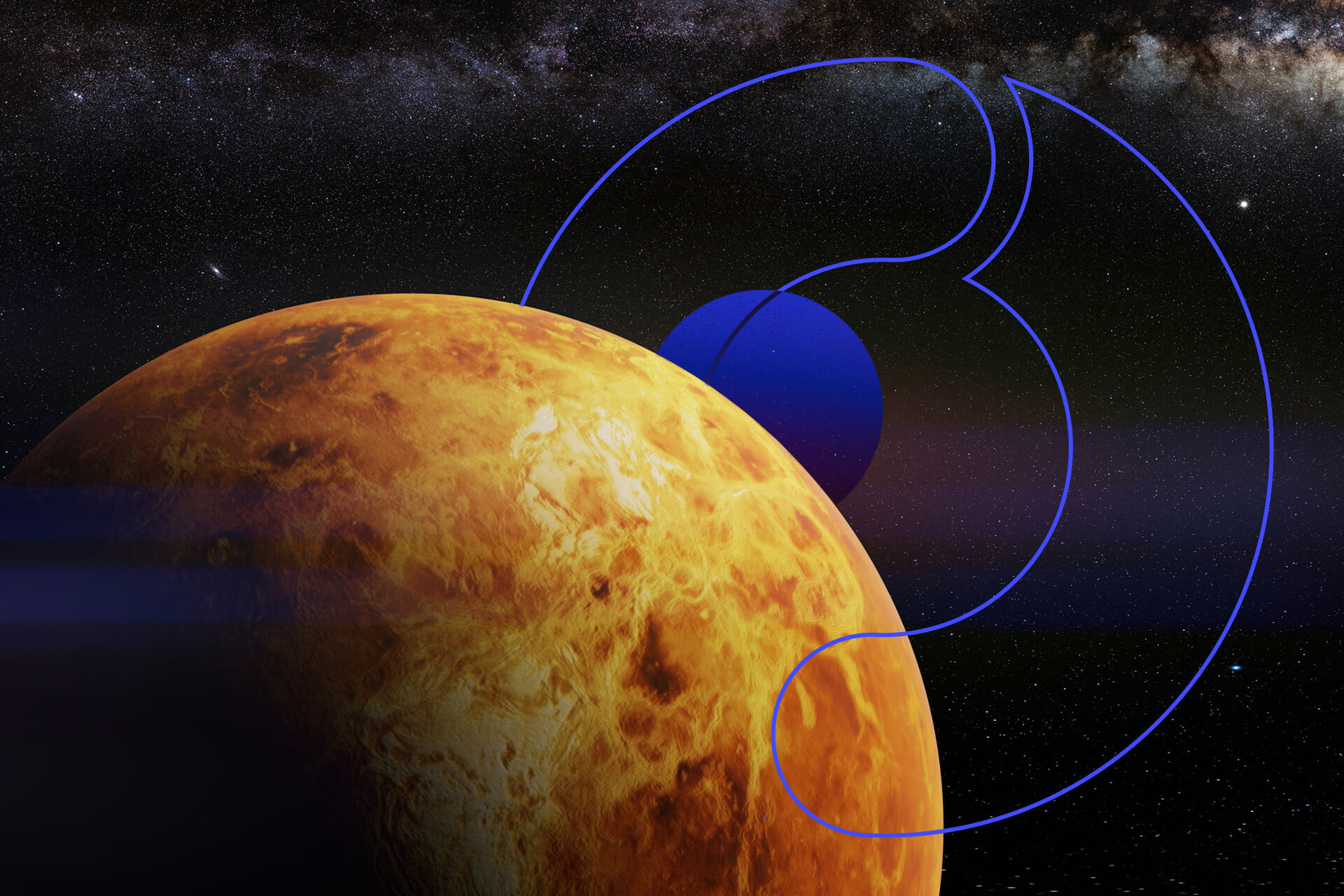
Earth’s Mysterious Neighbor: Unveiling 10 Intriguing Facts About Venus
October 22, 2024 - Emily Newton
Revolutionized is reader-supported. When you buy through links on our site, we may earn an affiliate commission. Learn more here.
Although many consider Venus to be Earth’s twin planet, the two couldn’t be more different. Whereas Earth is inhabitable, decades of research and expeditions have found Venus to have a blazing hot surface with volcanic activity, overwhelming atmospheric pressure and lethal toxicity — far from suitable for humans and other life. Although the second planet to the Sun is shrouded in mystery, astronomers have discovered wondrous facts about Venus and its unique characteristics.
10 Interesting Facts About Venus
Venus is more than simply a floating celestial body in the solar system. The planet is critical to understanding Earth’s evolutionary history, the conditions of other exoplanets, and what can happen when the climate changes drastically. These 10 fascinating facts about Venus are notable.
1. It’s Visible to the Naked Eye
Venus is one of five planets visible from Earth with the naked eye. Mercury, Mars, Jupiter, and Saturn are the other four planets visible without a telescope. However, one can only see Venus during sunrise and sunset when it appears just barely on Earth’s night side. This is also the same time Mercury — the smallest planet in the solar system — comes into view.
2. Its Name Was Inspired by a Goddess
Venus is one of the brightest and most beautiful stars in the sky, which is why experts named it after the Roman goddess of love. Ancient Romans could see seven bright objects at night — starting with the Sun and Moon — and named each after one of their most important gods and goddesses. Venus — known as Aphrodite to the ancient Greeks — represented love and beauty. The planet was the only one named after a goddess.
3. People Thought it Was Two Stars
Society once thought it was two different stars, one seen in the morning and another in the evening. People called these stars Lucifer — which at the time meant light-bringer and had no association with Christianity — and Vesper. The Greeks called the morning and evening stars Phosphoros and Hesperus.
4. It’s the Third-Brightest Object in the Sky
From Earth, Venus is the third-brightest object in the night sky after the Sun and Moon, and it isn’t human-made. It currently shines at a stellar magnitude of -4.4. The planet reflects about 70% of the sunlight hitting it and is shrouded in reflective clouds. The surfaces of sulfuric acid and acidic crystal droplets in its clouds cause light to bounce.
5. Its Years Are Short and Days Are Long
Despite being the second closest planet to the Sun, years work differently than Earth years. Venus orbits the Sun once every 225 Earth days — about two-thirds of a year on Earth. Of course, it will also take the planet 243 days to rotate on its axis, interestingly enough, making the days longer than the years. In fact, it’s possible to celebrate two birthdays in a single Venus day.
6. The Sun Rises in Retrograde
Venus rotates in a direction opposite its orbit. This event is called retrograde rotation, meaning that instead of seeing the sunrise in the East and setting in the West as it does on Earth, Venus does the opposite, rising in the West and setting in the East.
The reason for its backward rotation isn’t all that strange. The solar system is littered with comets and asteroids, which may collide with planets. Scientists have already discovered that Earth has been hit by large asteroids throughout its history, making it plausible Venus was, too. If Venus was hit by an object similar in size, it could have thrown it off its axis. Astronomers suspect something similar happened to Uranus, causing it to spin on its side.
7. The Surface Could Have Looked Like Earth
Astronomers have long been on a mission to find another planet capable of supporting life. One question they’ve asked themselves is whether Venus was able to do so during its history. Research findings suggest that between two and three billion years ago, Venus’s surface may have had liquid water and possibly life, a far cry from what it looks like today. The planet even could have looked similar to Earth. A massive shift in the planet’s surface about 700 million years ago caused a greenhouse effect.
8. Venus Is Extremely Hot
The greenhouse effect — Venus has 2,000 times more atmospheric carbon dioxide (CO2) than Earth — and its proximity to the Sun makes the planet scorching hot. Venus’s surface temperature is around 870 degrees Fahrenheit on average, making it the hottest celestial body in our solar system. Its temperature is even hot enough to melt lead on the planet’s surface.
Compare those temperatures to Earth, where the surface is a comfortable 60 F. Likewise, CO2 in Earth’s atmosphere absorbs some of the heat from the Sun, trapping it against the Earth’s surface to warm it.
9. It Doesn’t Have Any Seasons
Earth has seasons because its axis is tilted roughly 23.5 degrees, so different parts are closer or farther away from the Sun. Meanwhile, Venus’s tilt is less than 3 degrees, so it has no seasons — there are barely any temperature fluctuations, with spring and summer feeling similar to fall and winter.
10. Venus Has Lots of Volcanic Activity
Space exploration has found mountains, valleys and thousands of volcanoes on Venus. One highland region named Ishtar Terra is the size of Australia and rests on the sulfurous planet’s north pole. Aphrodite Terra is about the same size as South America and is located across its equator. Findings show that one mountain is 36,000 feet tall, more than Mount Everest.
Of course, Venus’s volcanic activity is notable, as tectonic forces have wiped away most of its early surface. Astronomers have used cutting-edge technology to determine that most surface age could be only 150 million years old. One volcano is named Sacajawea, a reference to Lewis and Clark. Other volcanoes known as “tick” domes were named for their strange spurs resembling ticks.
Venus Properties & Information
Want to learn more about the second planet in the solar system? Check out these quick facts about Venus to store away:
- Location in the solar system: The second planet from the Sun
- Distance from the Sun: 108 million kilometers, or 67 million miles
- Composition: Primarily silicate rock, though beyond the crust is unknown
- Size: 12,100 km, or 7,518.6 miles, at the equator
- Surface: 177.7 million square miles
- Structure: Similar to Earth, with an iron core and rocky mantle
- Color: Reddish-brown surface with yellow and white clouds
- Atmosphere: 96% carbon dioxide, 3% nitrogen and other trace gases
- Temperature: 462 degrees Celsius, or 870 F
- Orbital period: 225 Days
- Rotation period: 243 Days
Who Discovered Venus?
Humanity has looked at Venus for centuries, but because this celestial body is so bright in the night and early morning sky, it’s impossible to determine who found it first. The initial recorded observations of the planet were sometime around 1600 BC, thanks to an ancient Babylonian text. However, the first time humans saw the planet was in 1610, when Galileo Galilei first aimed his telescope at it.
Since then, space explorers have attempted to land multiple spacecraft on the surface. Scientists hope to better understand what the planet looks like beneath the clouds. In most cases, however, they have yet to make it through the thick atmosphere. The acidic environment and intense pressure often destroy their spacecraft and equipment.
What Is Venus Known For?
The second planet in the solar system is known for many things. For starters, it’s the hottest planet in the solar system. It’s also entirely uninhabitable due to its intense heat and an atmosphere made up primarily of carbon dioxide.
People also remember this celestial body as the second brightest object in the night sky, something people have been able to spot for thousands of years. Despite its visibility from Earth, it’s difficult for scientists to study the planet up close because spacecraft can only stay a short time on its surface.
What Makes Venus Unique?
Venus is unique in several ways. It’s got one of the densest atmospheres in the solar system, but it’s almost entirely carbon dioxide. The atmospheric pressure is so high on the planet’s surface that even the toughest spacecraft succumbs in less than an hour.
Venus is also one of the most volcanically active planets in the solar system. It has more volcanoes than any other planet in the Milky Way. Astronomers have identified 1,600 major volcanic features thus far. However, more than 1,000,000 could be hiding under the dense cloud cover.
The Future of Venus Remains a Mystery
Scientists may have named this fiery planet for the Roman goddess of love and beauty, but the evening star offers one of the harshest environments in the solar system. It’s uncertain whether we’ll ever discover what kind of life it may have supported. What is your favorite fact about Venus? Let us know in the comments below. The next planet in the solar system worth studying is Earth — the Blue Planet.
Feature Image Source: NASA/ JPL / USGS
Editor note: Article updated on October 22, 2024, to include even more amazing facts about Venus. The article originally published on May 5, 2020.
Revolutionized is reader-supported. When you buy through links on our site, we may earn an affiliate commission. Learn more here.
Author
Emily Newton
Emily Newton is a technology and industrial journalist and the Editor in Chief of Revolutionized. She manages the sites publishing schedule, SEO optimization and content strategy. Emily enjoys writing and researching articles about how technology is changing every industry. When she isn't working, Emily enjoys playing video games or curling up with a good book.

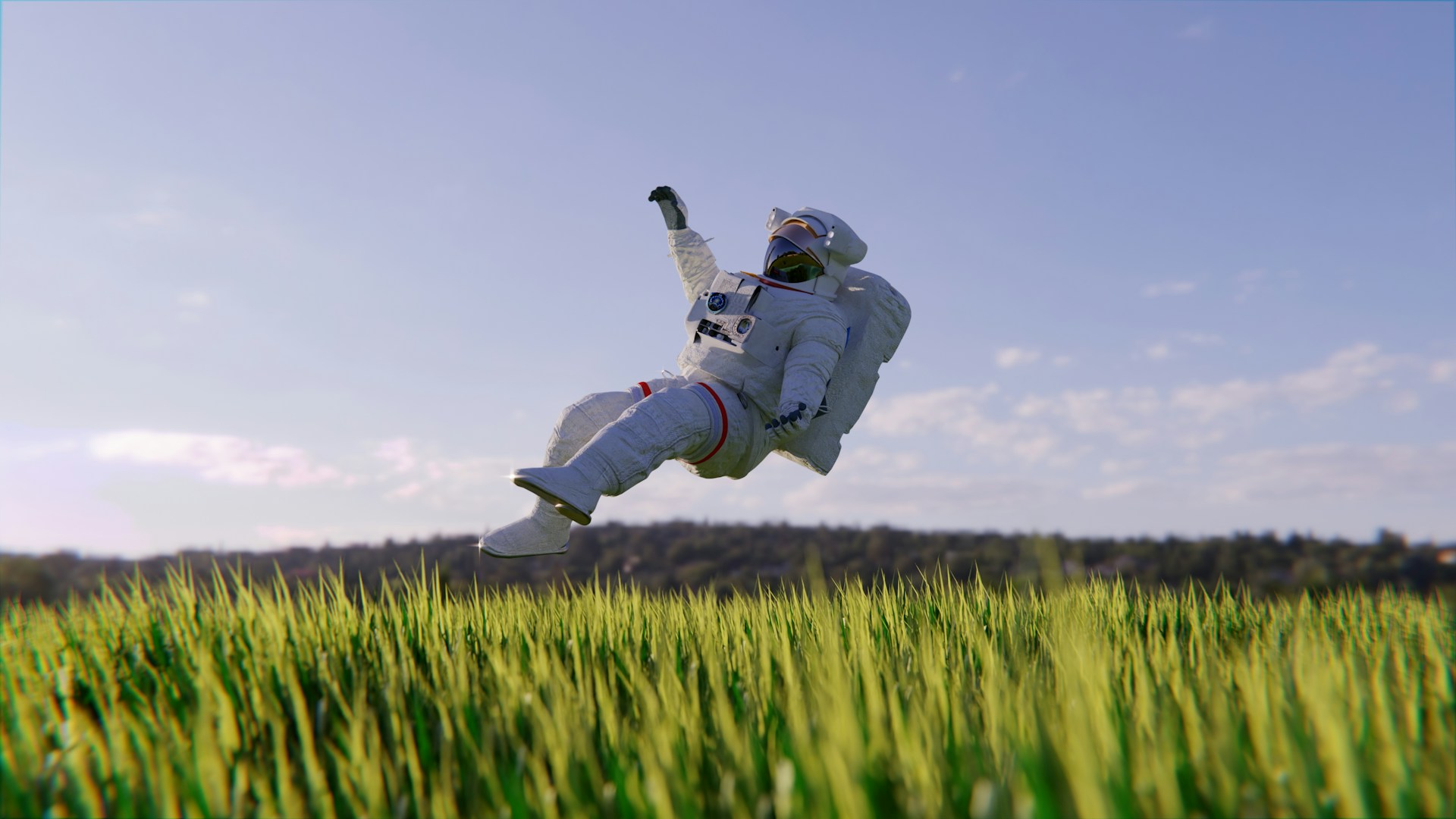
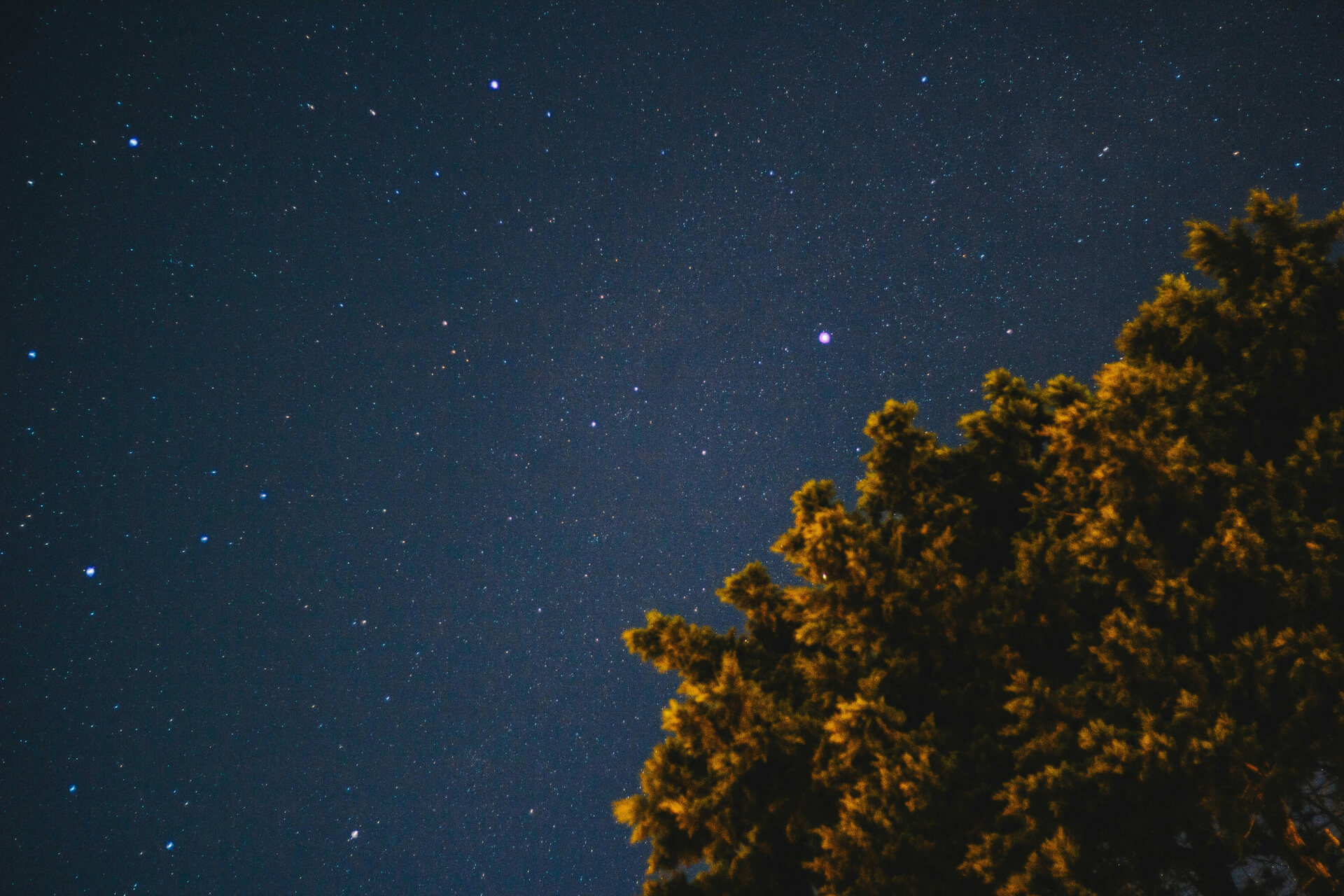
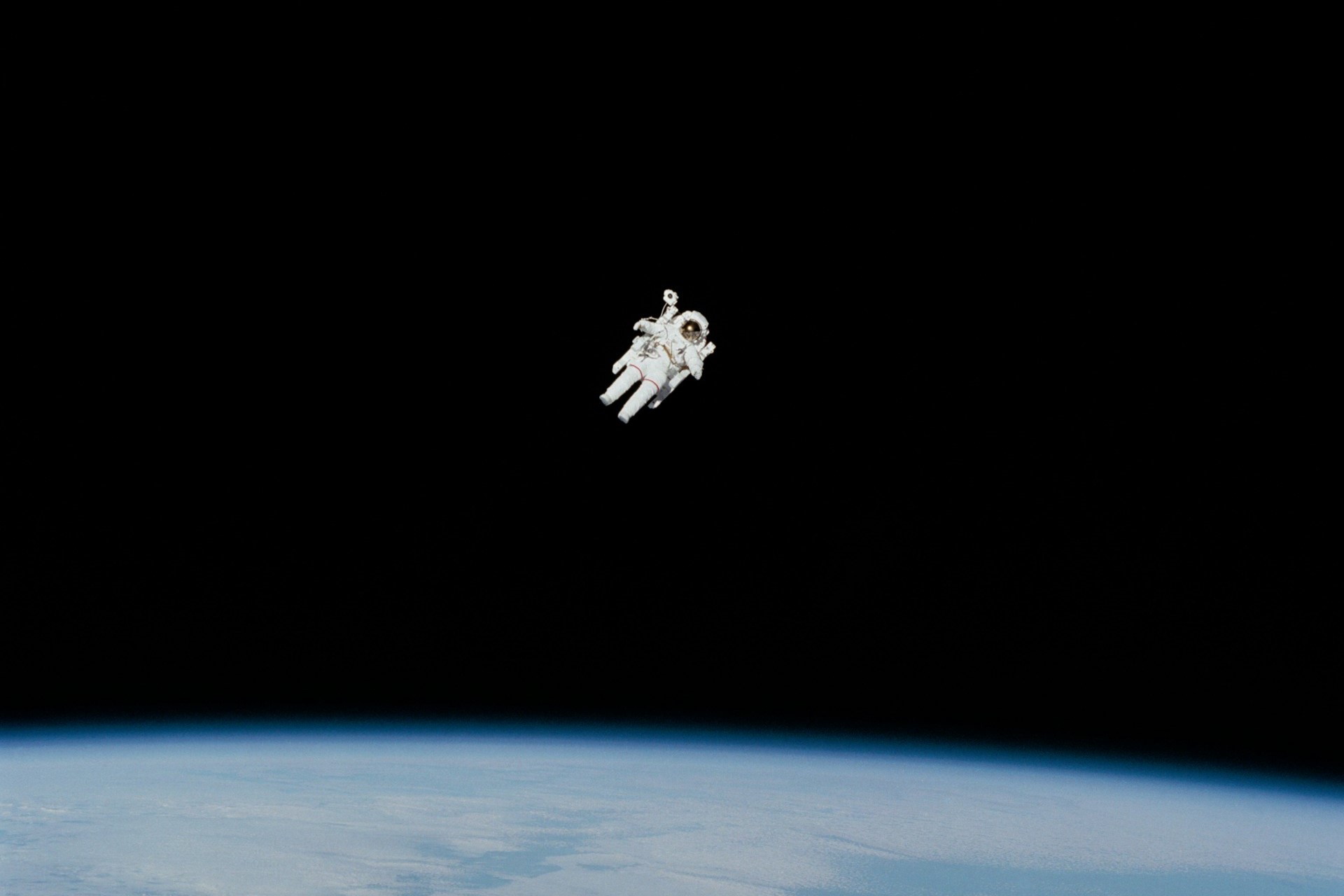
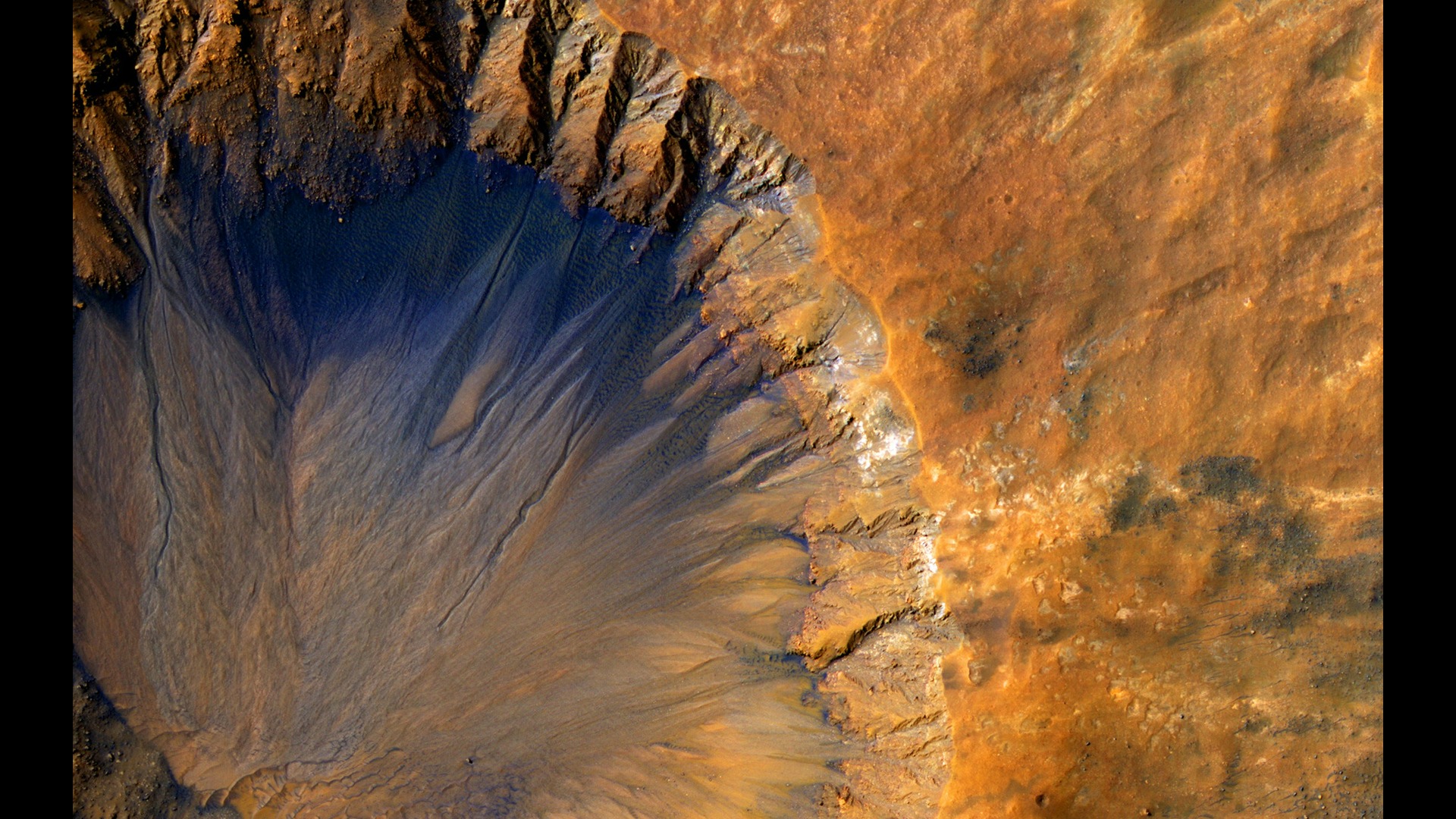



I thought it was neat learning that its day was longer than its year.